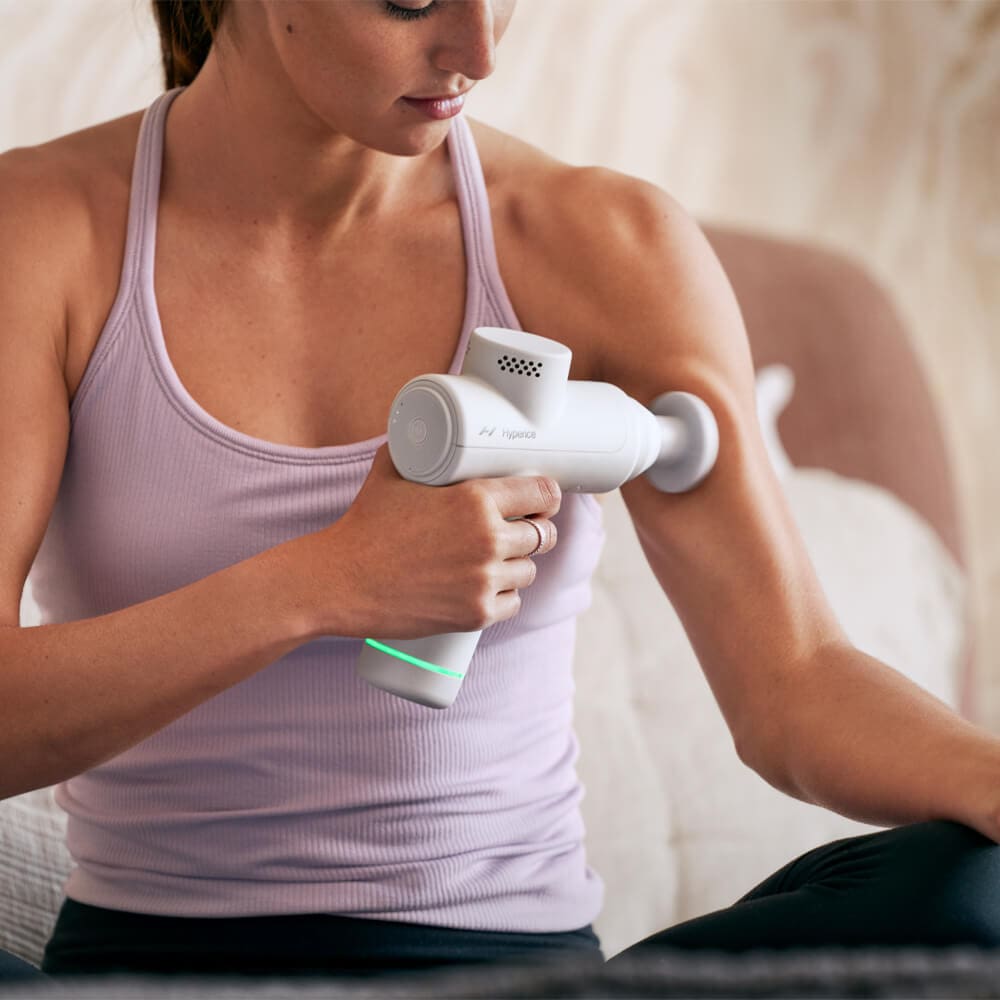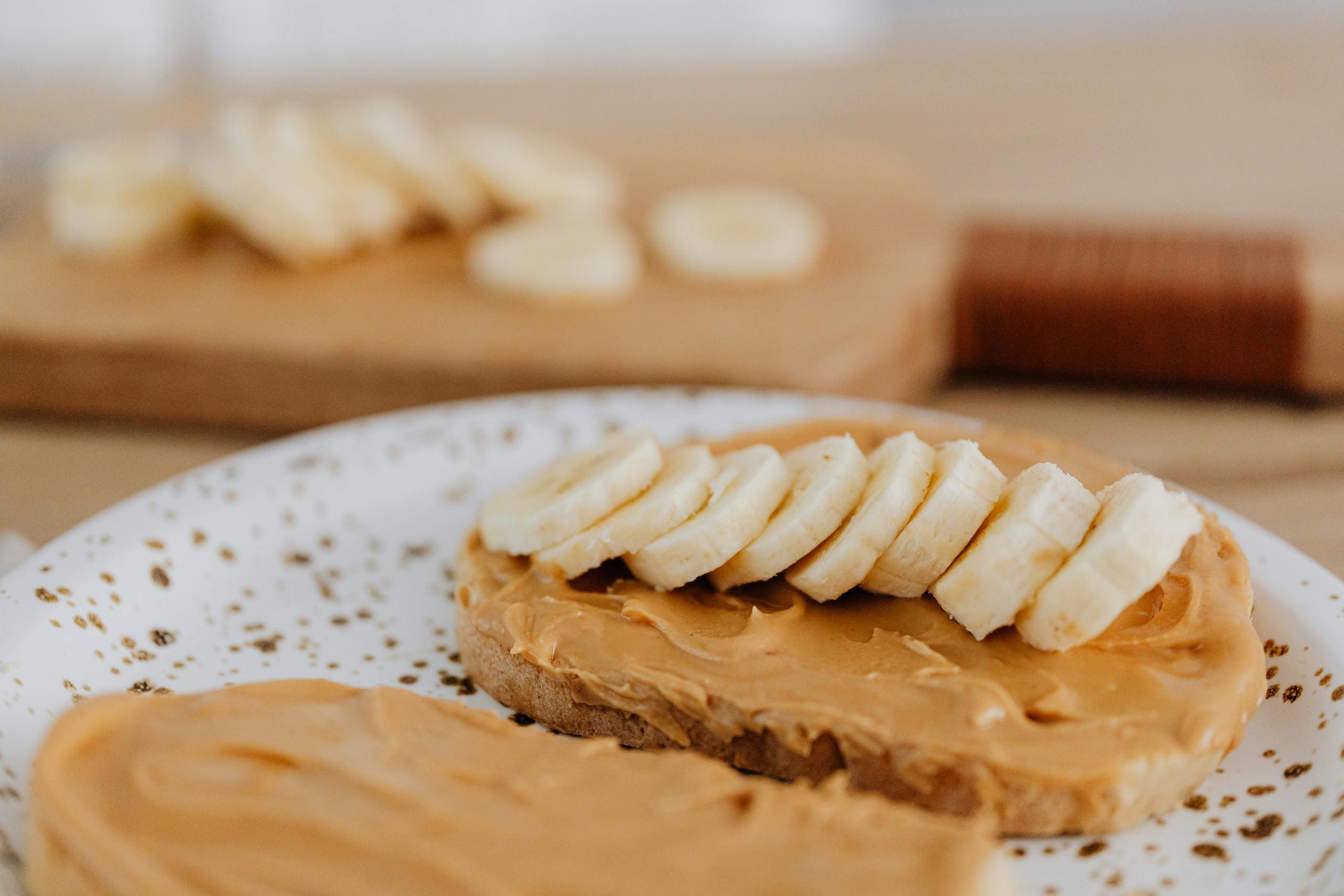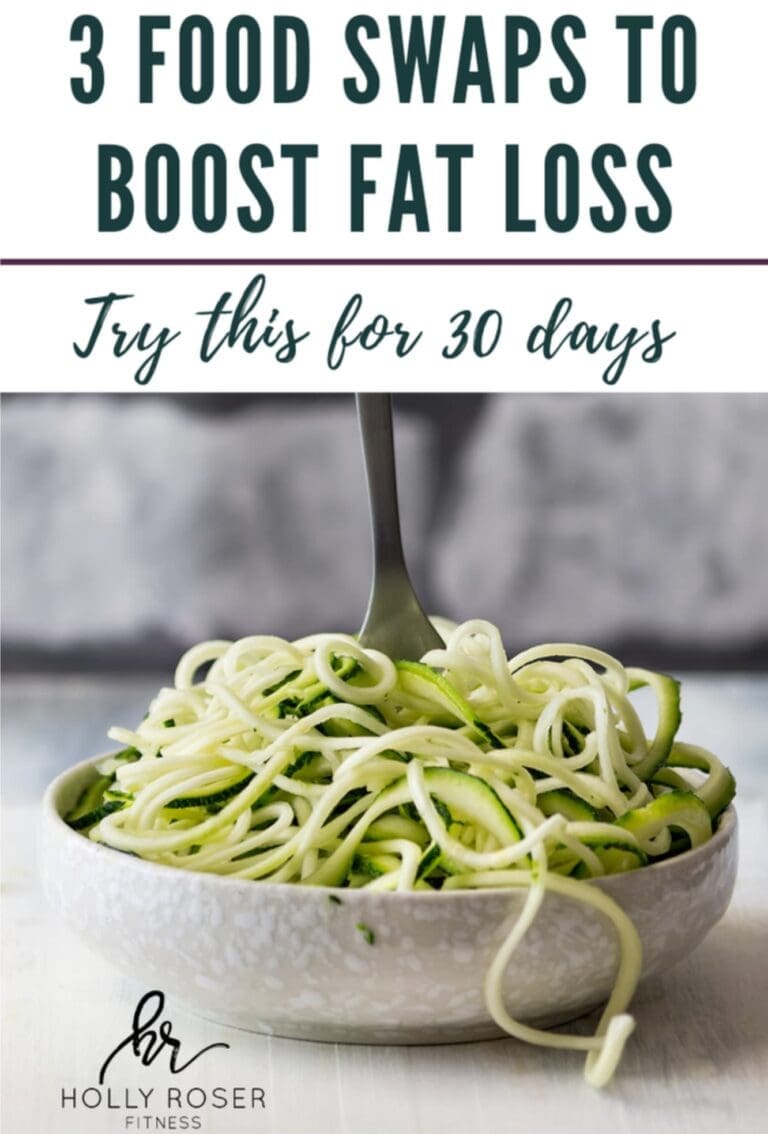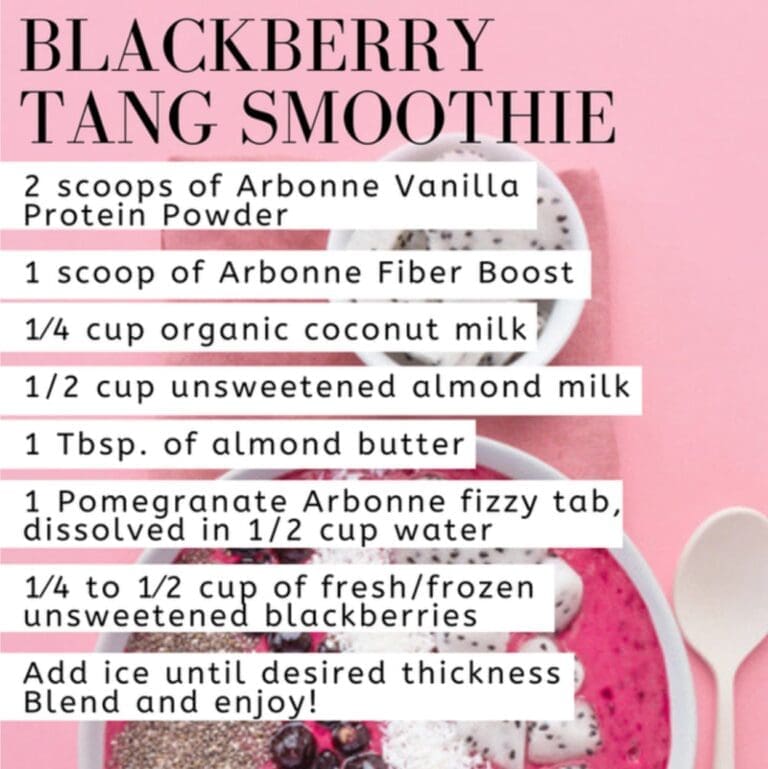We independently review everything we recommend. When you buy through our links, we may earn a commission. Learn more›

The Hidden Power of Recovery Sequencing
There’s an interesting shift happening in the fitness world. While we’ve long obsessed over what we do during our workouts, one of the real game-changers is turning out to be what happens afterward. In my years as a Manhattan-based trainer, I’ve watched recovery evolve from an afterthought (“just get some sleep!”) to a science. But here’s what’s fascinating: it’s not just about doing more recovery techniques – it’s about timing them perfectly.
Think of recovery like conducting an orchestra rather than playing a solo instrument. Each recovery technique – whether it’s mobility work, temperature therapy, or compression – is like a different section of instruments. They’re all valuable on their own, but when played together in the right sequence, they create something far more powerful. This is what we call recovery sequencing, and it’s the heart of sleep stacking.
When we sequence our recovery correctly, each technique builds upon and enhances the next. It might start with gentle mobility work in the early evening, transition to temperature therapy as the night progresses, incorporate compression while winding down, and culminate in optimized sleep conditions. The timing isn’t random – it’s deliberately orchestrated to work with your body’s natural rhythms and recovery processes.
The Sleep Stacking Revolution
Sleep stacking is the strategic layering of multiple recovery techniques (like temperature regulation, compression therapy, and mobility work) in a specific sequence before, during, and after sleep to maximize your body’s natural restoration processes. Think of sleep stacking as the perfect recovery recipe, where sleep isn’t just one ingredient – it’s the main course, appetizer, and dessert all rolled into one. But here’s the thing: just like any great recipe, it’s all about how you combine and time the ingredients. When I first discovered sleep stacking, I was skeptical. After all, as a long time fitness enthusiast, I’ve seen countless recovery trends come and go. But the results I’ve witnessed with my clients have been nothing short of remarkable.
One of my clients, Sarah, a busy executive who barely had time to breathe between meetings, let alone recover properly from her workouts, saw her recovery time cut in half after implementing sleep stacking. “It’s not about sleeping more,” she told me, “it’s about sleeping smarter.” And that’s exactly what sleep stacking is all about.
Understanding Sleep Stacking: More Than Just Good Sleep
When I first introduce sleep stacking to my Manhattan clients, I often see the same skeptical look I had when I first encountered the concept. “Isn’t this just a fancy name for sleeping well?” they ask. But sleep stacking is to regular sleep what a symphony orchestra is to a solo performer – it’s about creating harmony between multiple elements to produce something far more powerful than the sum of its parts.
Imagine your body as a high-performance car. Traditional sleep is like parking it in the garage overnight – necessary, but basic. Sleep stacking, on the other hand, is like taking your car to a Formula 1 pit crew. Every system is optimized, every recovery process is enhanced, and every element is precisely timed to work in perfect synchronization. As a private trainer, I’ve seen this approach transform not just how my clients recover, but how they perform in every aspect of their lives.
The Hidden Power of Recovery Sequencing
Picture this: It’s 7 PM, and one of my clients starts her recovery sequence. She begins with a 20-minute mobility session, followed by contrast therapy (alternating between a warm shower and cool temperatures), then 15 minutes of gentle foam rolling. By 9 PM, she’s in compression boots while reading, and at 9:30, she’s in a perfectly cooled room (68°F) for sleep. This isn’t just a random series of recovery techniques – it’s a carefully orchestrated sequence that amplifies each step’s effectiveness. This is recovery sequencing, the backbone of sleep stacking, and it’s revolutionizing how we think about post-workout restoration.
Last month, I worked with another client, a busy executive who was hitting the gym hard, (5 days a week), but feeling constantly drained. Her sleep tracking showed she was getting eight hours of sleep, but she wasn’t feeling restored. Once we implemented this kind of strategic sequencing, specifically timing her recovery techniques to align with her body’s natural cortisol rhythm, the transformation was remarkable. Within two weeks, she reported feeling more energized than she had in years.
Beyond the Physical: The Mental Edge
What many people don’t realize about sleep stacking is its profound impact on mental recovery. I’ve noticed that clients who master sleep stacking don’t just recover physically – they experience enhanced mental clarity, improved emotional resilience, and better stress management. It’s like giving your brain the same high-level recovery treatment that elite athletes give their muscles.
The Biological Symphony
The genius of sleep stacking lies in its ability to orchestrate multiple recovery processes simultaneously. When you time your recovery techniques correctly, you’re not just passively waiting for your body to repair itself – you’re actively creating an optimal environment for restoration. Think of it like preparing a garden for optimal growth: you don’t just plant the seeds and hope for the best; you prepare the soil, ensure proper drainage, add nutrients, and time the watering perfectly. Each element supports and enhances the others.\
A Night of Sleep Stacking in Action
Let me walk you through what an optimized night of sleep stacking actually looks like. When I show this timeline to my Manhattan clients, it often creates that “aha!” moment where everything clicks into place:
Your Sleep Stacking Timeline:
- 6:30 PM – Workout complete. Your recovery countdown begins
- 7:00 PM – 15 minutes of gentle mobility work (think slow stretching and soft tissue release)
- 8:00 PM – Contrast shower therapy (3 minutes warm, 1 minute cool, repeated three times)
- 8:30 PM – Compression therapy while relaxing; begin dimming lights throughout your space
- 9:00 PM – Digital devices away; switch to red-light settings if needed
- 9:30 PM – Enter your sleep environment (bedroom cooled to 68°F, weighted blanket optional)
This isn’t just a random schedule – each step builds upon the last, creating a cascade of recovery-boosting effects that continue working while you sleep. Think of it as setting up a line of dominoes: once you start the sequence, each action triggers and enhances the next.
A New Perspective on Recovery
One of the most fascinating aspects of sleep stacking is how it changes our understanding of recovery time. Traditional wisdom tells us that recovery happens after exercise, but sleep stacking shows us that recovery is a 24-hour cycle that we can influence and optimize. Through my work with clients across Manhattan, I’ve seen how this shift in perspective transforms not just their recovery, but their entire approach to fitness and wellness.
The beauty of sleep stacking lies in its adaptability. Whether you’re a high-performance athlete or someone just trying to feel better after your workouts, the principles can be tailored to your specific needs. I’ve helped clients modify their sleep stacking routines to work in tiny Manhattan apartments, on business trips, and even during major life transitions. The key isn’t perfection – it’s progression and consistency.
The Science That’s Changing the Game
Recent research has turned everything we thought we knew about recovery on its head. A groundbreaking study published in the Journal of Sleep Research found that combining pre-sleep recovery techniques with quality sleep led to a 27% improvement in muscle recovery compared to sleep alone. The researchers noted that “the synergistic effect of multiple recovery modalities appears to enhance the body’s natural regenerative processes during sleep.”
But what really caught my attention was the work being done at the Sports Medicine Institute. Their 2024 study showed that athletes using sleep stacking protocols weren’t just feeling better – they were performing better, with measurably higher heart rate variability and lower cortisol levels. This wasn’t just another wellness trend; this was science-backed performance enhancement.
Building Your Perfect Sleep Stack
Let me walk you through what I call the “Perfect Recovery Evening.” It’s a sequence I’ve refined through years of working with clients, from professional athletes to busy parents trying to maintain their fitness goals. The key isn’t in doing everything perfectly – it’s about finding what works for your lifestyle and building from there.
The Wind-Down Window
Your recovery actually starts hours before you hit the pillow. My client Tom, a high-powered attorney who used to crash into bed straight from his evening workout? His recovery was minimal until we implemented what I call the wind-down window. Starting three hours before bed, we gradually dial down the intensity of activities while ramping up recovery techniques.
The magic happens in the temperature control. Your body naturally needs to cool down to initiate sleep, so we work with this process, not against it. I recommend setting your bedroom temperature between 68-72°F, but it’s not just about the thermostat. It’s about creating a gradual cooling effect that mirrors your body’s natural rhythms.
The Recovery Sweet Spot
In the 90 minutes before sleep, we enter what I call the “recovery sweet spot.” This is where the real magic of sleep stacking happens. Start with gentle mobility work – nothing intense, just enough to release any remaining tension from the day. Follow this with some focused foam rolling, paying special attention to any areas that are particularly tight.
One of my clients, a marathon runner, swears by contrast therapy during this window – alternating between hot and cold exposure to enhance circulation. While this might sound intense, we’ve found that even simple temperature contrasts, like a warm shower followed by a cool-down period, can be incredibly effective.
Making It Work in the Real World
Living in Manhattan, I understand the challenges of implementing an ideal recovery routine in a less-than-ideal environment. That’s why I work with my clients to create adaptable strategies that work in their specific situations. Take noise management, for instance. While complete silence would be nice, it’s not always possible in the city that never sleeps. Instead, we focus on creating consistent sound environments using white noise or nature sounds that mask unpredictable city noise.
The Nutrition Connection
Your last meal can make or break your sleep stack. Through working with thousands of clients, I’ve found that timing your final nutrients is crucial. The key isn’t just about avoiding late-night eating – it’s about strategically timing your nutrition to support recovery. A light protein-rich snack about two hours before bed can provide your body with the building blocks it needs for overnight repair, without interfering with sleep quality.
Troubleshooting Your Stack
Not everyone gets it right the first time, and that’s okay. Let me share a story about Jessica, another client who struggled initially with sleep stacking. She found herself more alert after her evening routine, not less. The solution? We discovered she was doing her mobility work too intensely, essentially waking her body up instead of winding it down. After adjusting the intensity and timing of her routine, she found her perfect balance.
The Future of Recovery
As we look ahead, the field of sleep stacking is evolving rapidly. New research is emerging about chronobiology – the study of our body’s natural rhythms – and how we can better align our recovery practices with these internal clocks. Wearable technology is becoming more sophisticated, allowing us to fine-tune our recovery timing with unprecedented precision. But at its core, sleep stacking remains about working with your body’s natural processes, not against them.
Your Next Steps
Ready to revolutionize your recovery game? As your Manhattan-based private trainer, I’m here to help if you would like to implement these sleep stacking techniques into your routine. Book your free consultation today, and let’s create a personalized sleep stacking protocol that works for your unique situation and goals.
A Little Recovery Humor
You know you’re taking sleep stacking seriously when you start referring to your bedroom as your “recovery lab” and you find yourself timing your goodnight kiss to align with your cortisol levels!” 😴
Recommended Products for Sleep Stacking
Oura Ring Gen 3
Track your sleep metrics with precision using this smart ring that measures heart rate variability, body temperature, and sleep stages. Perfect for monitoring your sleep stacking progress and adjusting your routine based on detailed sleep data.
Therabody Wave Series Wave Roller
Enhanced recovery with three vibration settings perfect for pre-sleep muscle relaxation. This innovative tool combines traditional foam rolling with vibration therapy for deeper muscle release and improved circulation before bed.
ChiliPad Sleep System
Control your sleeping temperature precisely for optimal recovery conditions. This dual-zone system allows for perfect temperature regulation throughout the night, maintaining the ideal sleeping environment for enhanced recovery.
Therabody RecoveryAir PRO
Professional-grade compression therapy system for enhanced circulation and recovery during sleep. Perfectly timed compression cycles optimize your overnight recovery, reducing muscle fatigue and improving lymphatic drainage.
Recommended Reading
Peak Sleep Performance by Shane A. Creado
A comprehensive guide to optimizing your sleep for athletic performance, featuring the latest research on sleep stacking and recovery protocols. Dr. Walker breaks down complex sleep science into actionable strategies for athletes and fitness enthusiasts.
The Science of Athletic Performance/h3>
Latest research and practical applications of recovery science for athletes, with detailed chapters on sleep optimization and recovery timing. Dr. Chen provides evidence-based strategies for maximizing your body’s natural recovery processes.
References
Chen, S., et al. (2023). “Optimization of Recovery Techniques Through Sleep Integration: A Comprehensive Analysis.” Journal of Sleep Research, 32(4), 13-28.
Walker, M. P., et al. (2024). “The Impact of Sequential Recovery Protocols on Athletic Performance.” Sports Medicine Journal, 45(2), 89-102.











